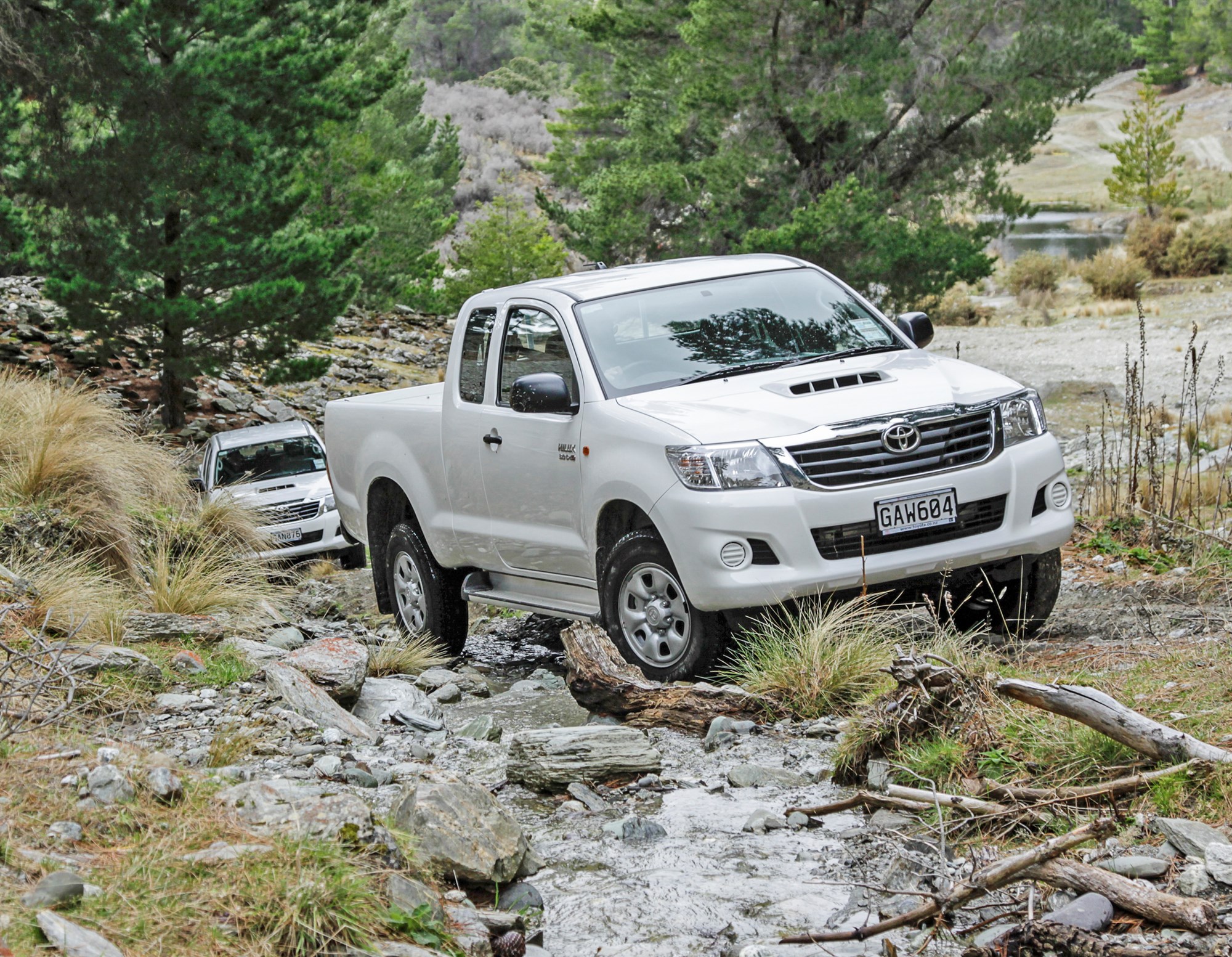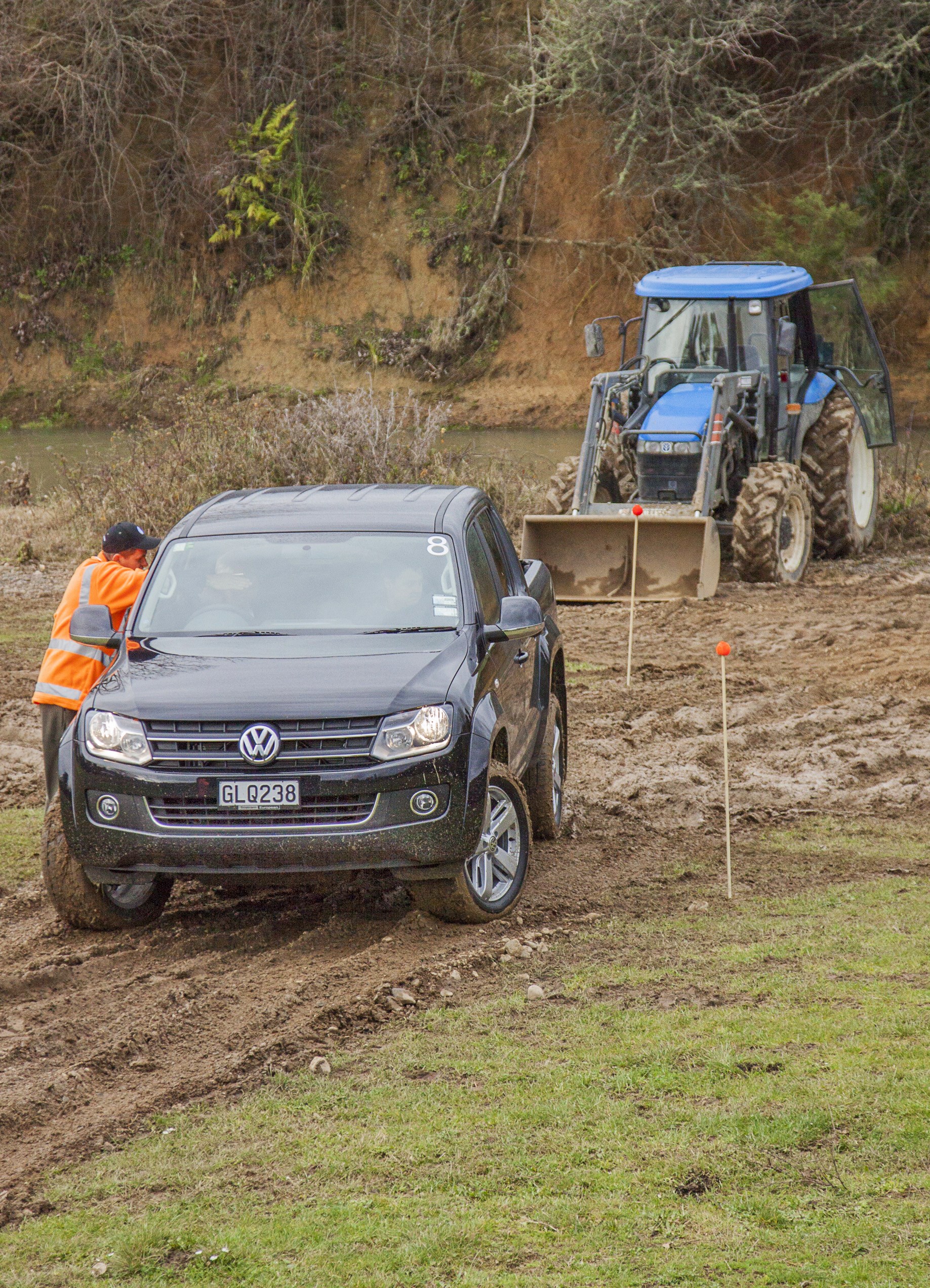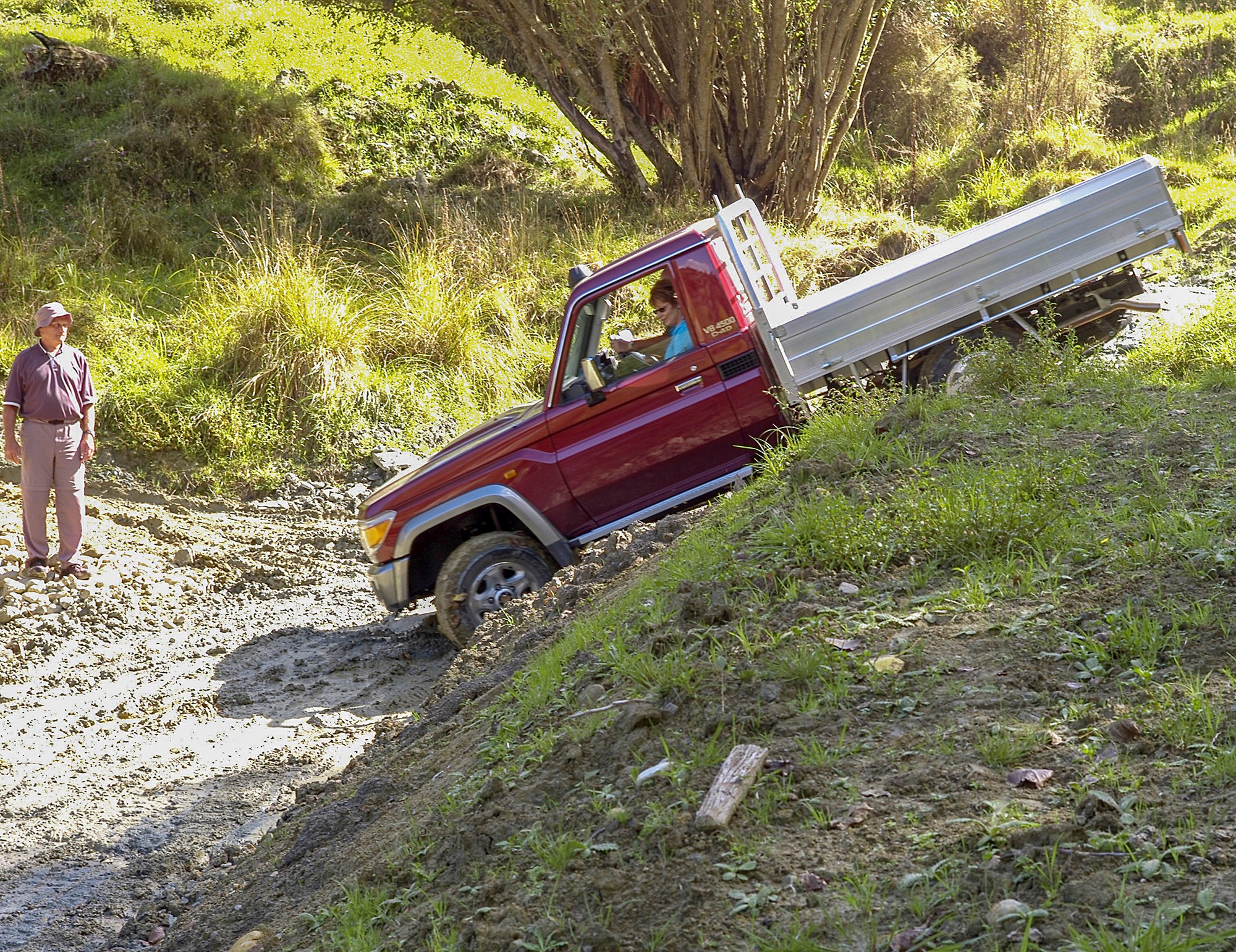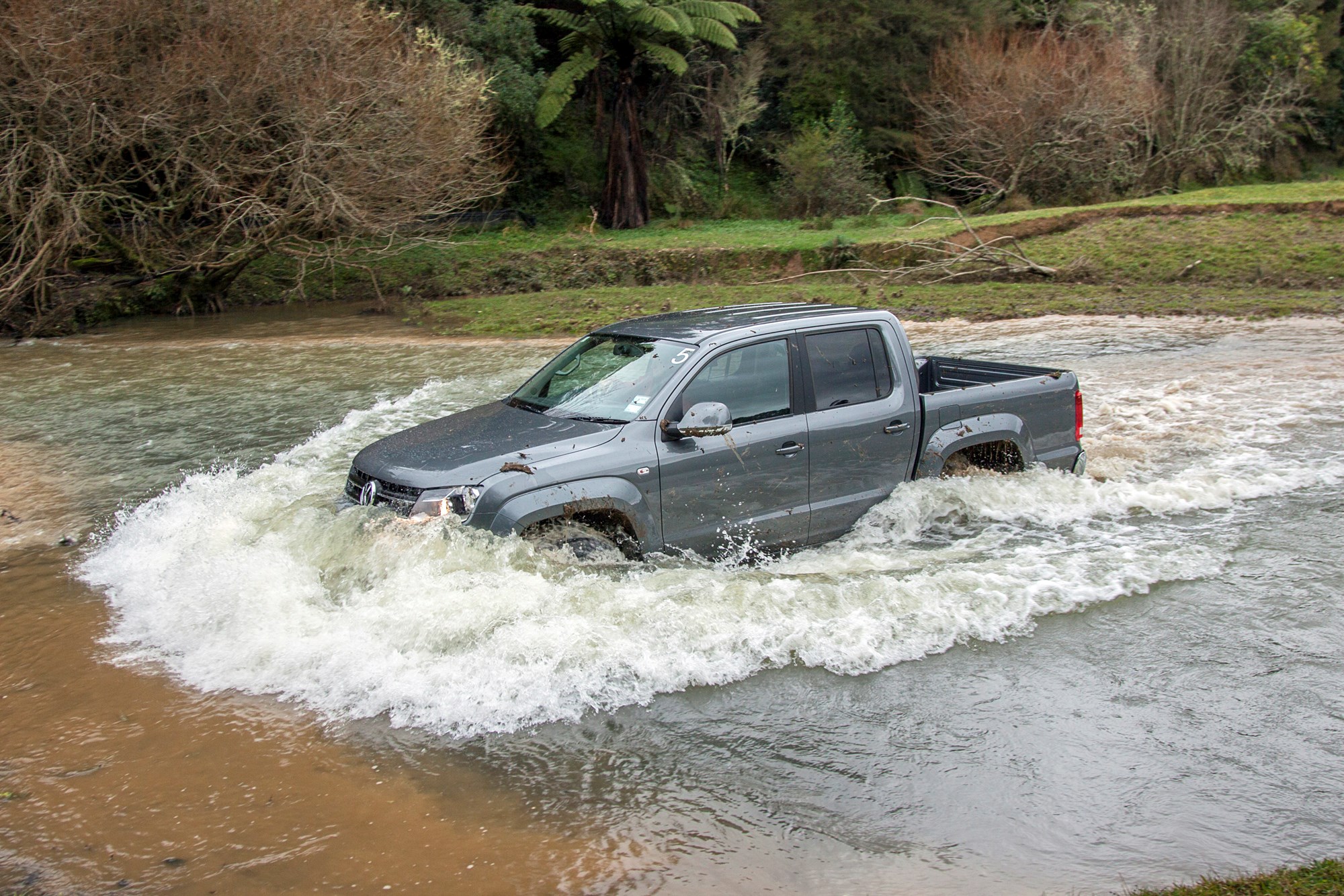TRAINING DRIVERS WORKING IN OFF-ROAD CONDITIONS IS A MUST UNDER OSH LAWS, SAYS PHIL HANSON
It is money well spent,” is how fleet manager Hugh Stanley describes the specialised training he has bought for drivers of 4WD utes and wagons working in rural off-road conditions.
“People tend to think that because they drive well on-road, they’ll be okay off the road, but it’s a whole different environment.”
Stanley manages fleets that service the farming and forestry sectors and reckons specialised driver training is one of the best investments a company can make. “The difference in drivers before and after training can be huge.”

This track offers plenty of hazards for drivers to cope with.
It’s also a requirement under the 1992 Health and Safety in Employment Act’s occupational safety and health (OSH) laws. These require employers to take “all practicable steps to ensure the safety of employees while at work”, and that’s just as much in the cab of a 4WD as in a downtown office.
“Fortunately, in the pre-training days, the companies I was involved with never had major accidents but the list of vehicle damage and wear and tear from misuse was long and, especially in winter, drivers were often getting stuck,” said Stanley. “It’s not a good look to have to ask your client to bring the tractor to get you unstuck before even getting where you are supposed to be.”

A tractor stands ready, just in case, during a muddy training session.
Today’s off-road training industry largely had its beginnings with the tightening of OSH requirements and, by 2000, numerous trainers were teaching and assessing unit standards developed by and for Industry Training Organisations (ITOs), under the New Zealand Qualifications Authority (NZQA) umbrella. Unit standards provide “recipes” for specific training and the expected outcome.
Often little more than one-man companies, many trainers have — as the industry matured — merged with or given way to larger organisations, typically offering vehicle-skills training, from quad bikes to trucks. However, some one-man bands continue to do well and are often sought because of the close personal relationship they develop with clients and trainees.
Finding a qualified, off-road trainer today is as easy as going online and doing a search. Various tertiary organisations, particularly in provincial areas, can also advise and may have direct links to trainers.

Slow and steady is the way to come down this steep slope.
Many fleets prefer to use a training organisation that teaches to recognised unit standards and is approved to assess the competence of students.
In the event of an incident, successful completion provides a paper trail of evidence of the driver’s training. The chosen unit standards may also provide the useful bonus of dovetailing with other studies a driver is undertaking for a wider qualification. On the other hand, it is possible to buy good training that’s outside the NZQA/ITO framework. It’s best to discuss the ins and outs with an experienced training company.
A typical off-road training company offers courses for operating light and heavy 4WDs as well as light utility vehicles, quad bikes, motorcycles ... and even chainsaws. They’ll probably provide additional comprehensive training in such specific areas as vehicle recovery, driving awareness, gravel road driving and towing. Courses teaching driving in snowy and icy, wintry conditions are also available.

Students learn to create a suitable bow wave during a river crossing.
“We like to combine off-road training with courses on general driving awareness, gravel road driving and, in some cases, towing,” says Stanley.
“Male drivers in particular think they have gravel driving and towing in their DNA but often they don’t and we see real improvements after they’ve had good instruction.”
Some trainers also do consulting work in health and safety briefings, improving operating procedures and developing risk analysis and management systems.
What drivers should get from a course
Here’s a general guide to how drivers develop their off-road skills. What they learn varies according to the course or courses completed. They will:
• Learn how to drive a 4WD efficiently and safely without putting unnecessary stress on the vehicle or its load;
• Learn specific techniques such as recovering from a failed hill ascent, correctly reversing off-road, how to “read” tracks, identify hazards and drive safely on side slopes;
• Be able to recover a vehicle that’s become stuck;
• Learn how to safely cross rivers and drive in water;
• Gain an understanding of how to minimise environmental damage;
• Get to know their limitations as drivers, as well as those of the vehicle;
• Become familiar with various 4WD systems;
• Know how to properly inspect a 4WD before and after a trip.
A training report is usually sent to the client, outlining results and offering recommendations for the students and for such things as operating procedures and vehicle set-up.




